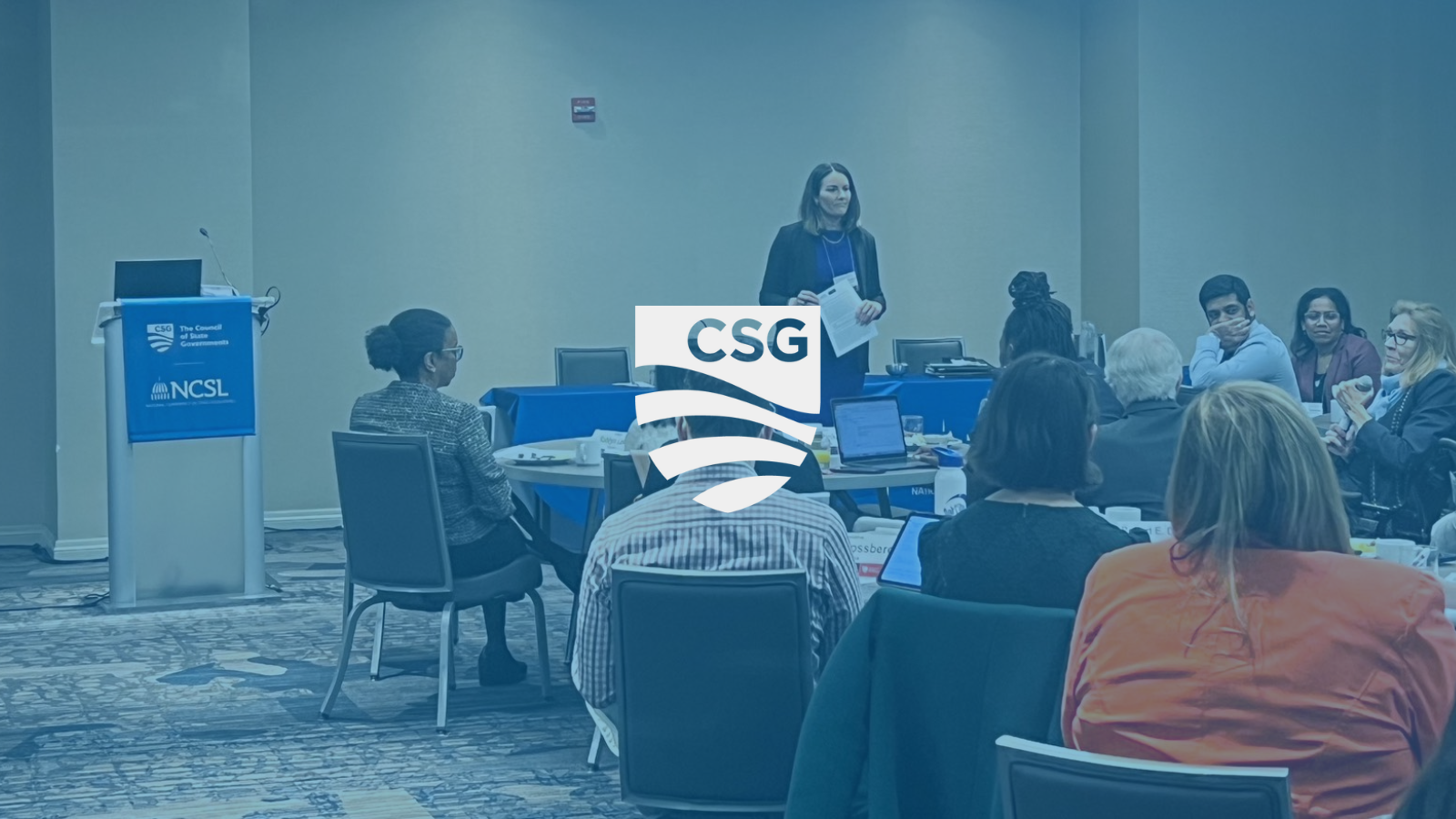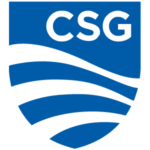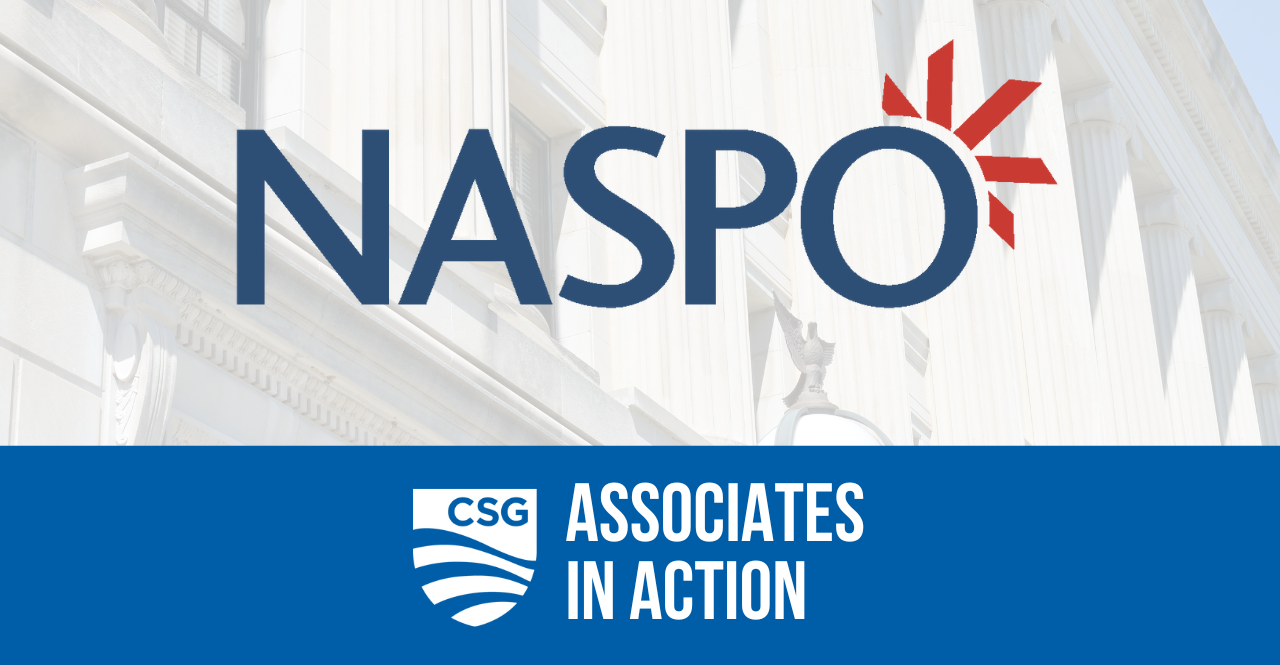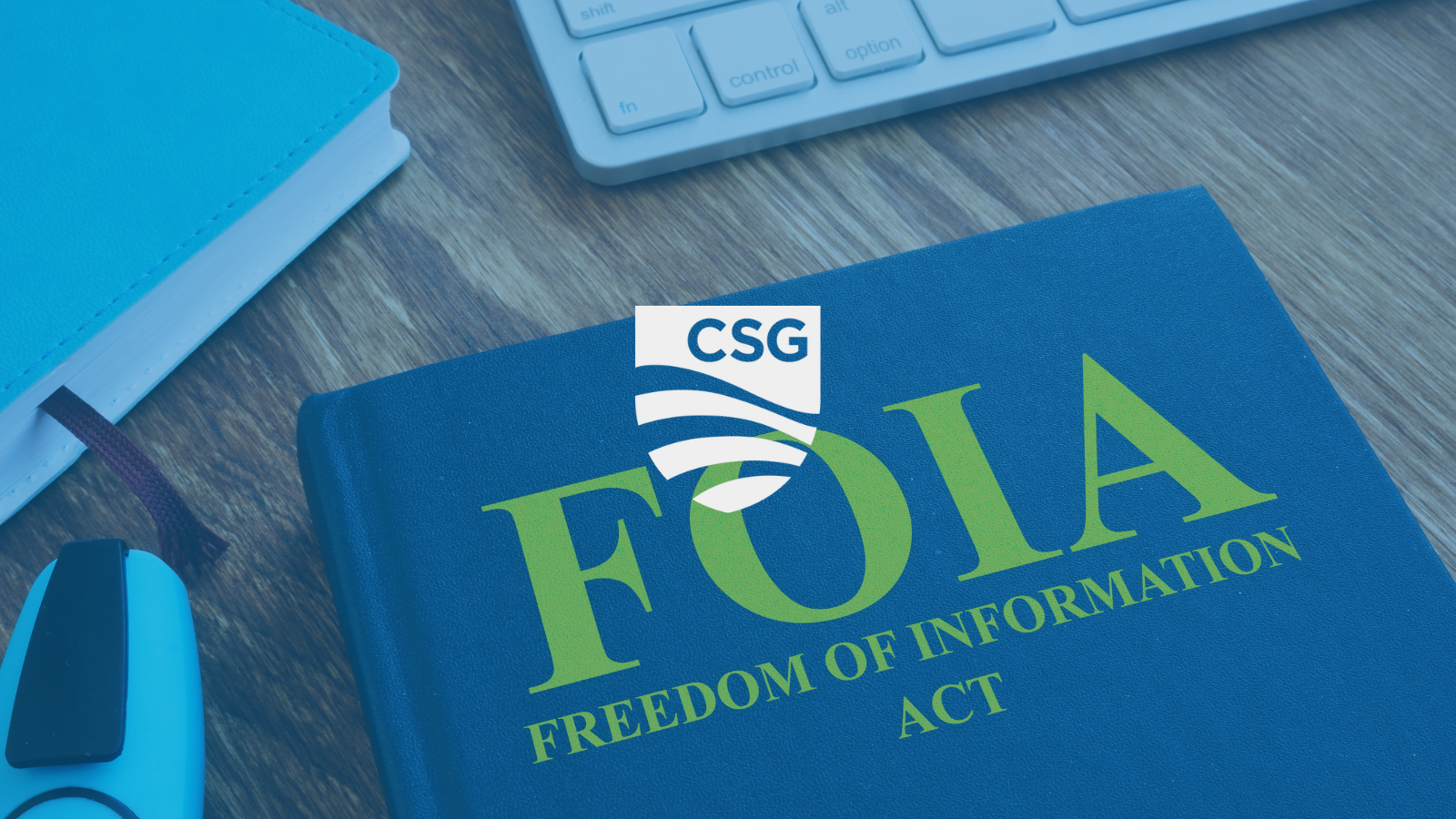By Valerie Newberg
Public records law, which is also recognized in select states as the Freedom of Information Act/Law, Sunshine Law, Right to Know Law or Open Records Law, is a tool intended to ensure government transparency and accountability by mandating the storage and release of documents to members of the public.
There are wide variations in each state’s version of the law. In certain states, agencies are required to respond within a timeframe ranging from three days to 12 weeks, while others designate maximum fees agencies may charge for the reproduction and transfer of records. Additionally, select states apply fees or criminal penalties to government agents who fail to comply with records requests. Some data is typically exempt from public records requests, including information that would constitute an invasion of privacy for institutions like hospitals, law enforcement agencies and schools, trade secrets, building maps, emergency procedures and firearms records.
Most laws are broadly inclusive of the state agencies subject to public records requests, with at least 19 states also setting statutory guidelines that explicitly require the category of quasi-governmental bodies, government sponsored entities and quasi nongovernmental agencies to comply with public records requests. For at least 12 states, court rulings have set criteria for nongovernmental bodies required to provide requested records. These bodies are typically defined as private entities including nonprofits, for-profits, tax districts and privatized government agencies that are partially supported by tax funding, use state resources, or perform some duties of the state. For example, Texas law defines governmental bodies as including nonprofit corporations that provide water and wastewater services, thus serving a public function.
Inclusion of Nongovernmental Bodies via Statute
Nineteen state statutes reference the participation of nongovernmental bodies in open records requests, while also providing financial or functional criteria for their inclusion. These states include:
- California.
- Delaware.
- Georgia.
- Indiana.
- Iowa.
- Kansas.
- Kentucky.
- Louisiana.
- Michigan.
- Missouri.
- Nebraska.
- North Dakota.
- Oklahoma.
- Rhode Island.
- South Carolina.
- Texas.
- Utah.
- Virginia.
- Wisconsin.
Financial standards for inclusion range from receipt of any government funding, like in North Dakota, to receipt of 33 ⅓% of its general operating budget from public funding, like in Georgia.
Functional guidelines are used in some states to determine a state’s inclusion; Missouri’s Sunshine Law states that a public body is one that performs a governmental function or enters into contracts with the government. States like Delaware combine these criteria, defining applicable nongovernmental entities as those who receive or disperse public funding, or who advise and contract with official government agencies.
Additionally, while Idaho does not explicitly include nongovernmental bodies in its statute, the state prohibits agencies from entering into contracts with them to avoid open records requests.
Inclusion of Nongovernmental Bodies via the Courts
In many states where public body or public entity is vaguely defined in the statute and may not explicitly include private organizations, the judiciary has settled disputes over the inclusion of these terms. In such legal decisions, judges typically apply a test consisting of between four and nine parts that set criteria for the entities’ definition as a public body. These tests were first employed by federal courts in clarifying application of the Federal Freedom of Information Act to nongovernmental entities but have since served as guidance for interpretation in state courts.
Connecticut, Ohio, Tennessee, Vermont and Washington use a four-part test defining nongovernmental agencies according to: (1) whether the entity performs a governmental function; (2) the level of governmental funding; (3) the extent of governmental involvement or regulation; and (4) whether the entity was created by the government.
West Virginia uses a five-part test that considers the composition of the entity’s governing board and if the entity operates statewide. Oregon uses a six-part test that also includes the ability of the entity to make binding government decisions, and the status of the entity’s employees as government or nongovernment employed. Colorado, Florida and New Mexico apply a slightly different nine-part test that also considers whether the entity mixes funds with the government through use of the state treasury, if the entity conducts business on publicly owned property, and whether the government has “substantial financial interest” in the entity.
Other state courts, like those of Arkansas, apply a simpler test permitting private agencies receiving public funds to be subject to open records requests. In Pennsylvania, any nongovernmental body performing government business or nonprofit renting public property for more than $1.5 million per year is required to abide by open records laws.
However, there remain states without guidance from judicial or legislative bodies on the inclusion of nongovernmental entities. In states like Alabama, Alaska, Arizona, Idaho, Mississippi, Montana, Nevada and South Dakota, the law does not specify a state’s inclusion and no court cases requiring private bodies to submit to records requests could be found. In Illinois, courts ruled that the receipt of public funding is insufficient in deeming a body public for the purpose of their law, and that the government must play a more active role in the decision-making and day-to-day operations of a company.
Participation of nongovernment entities in public records requests is only becoming more relevant as states look to privatize certain programs and agencies to decrease operating costs and risks. By setting clear statutory guidelines for inclusion and remaining informed on the issue, policymakers can anticipate how changes to the operation of their state will impact the distribution of information to taxpayers.






